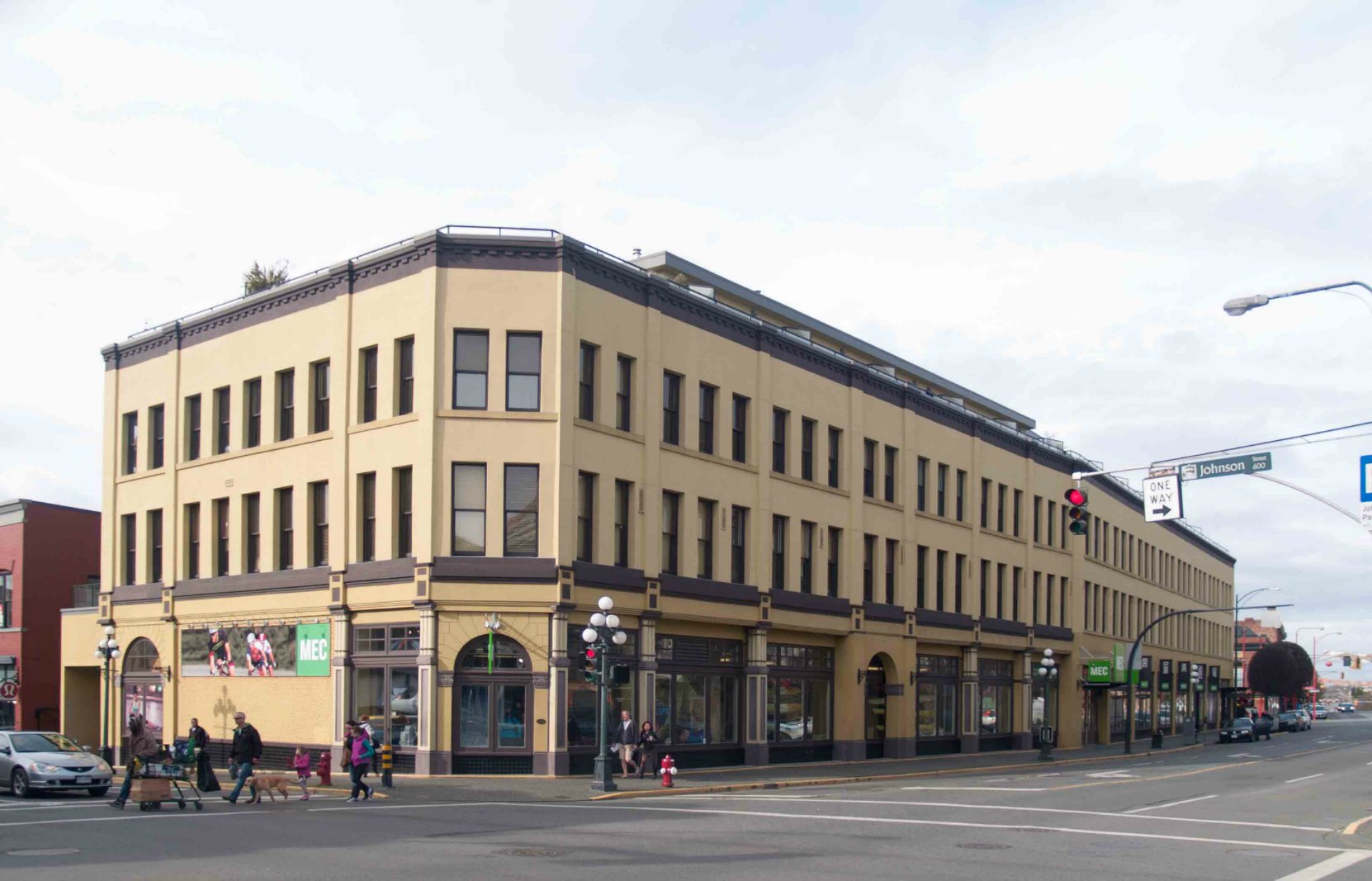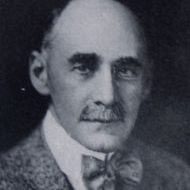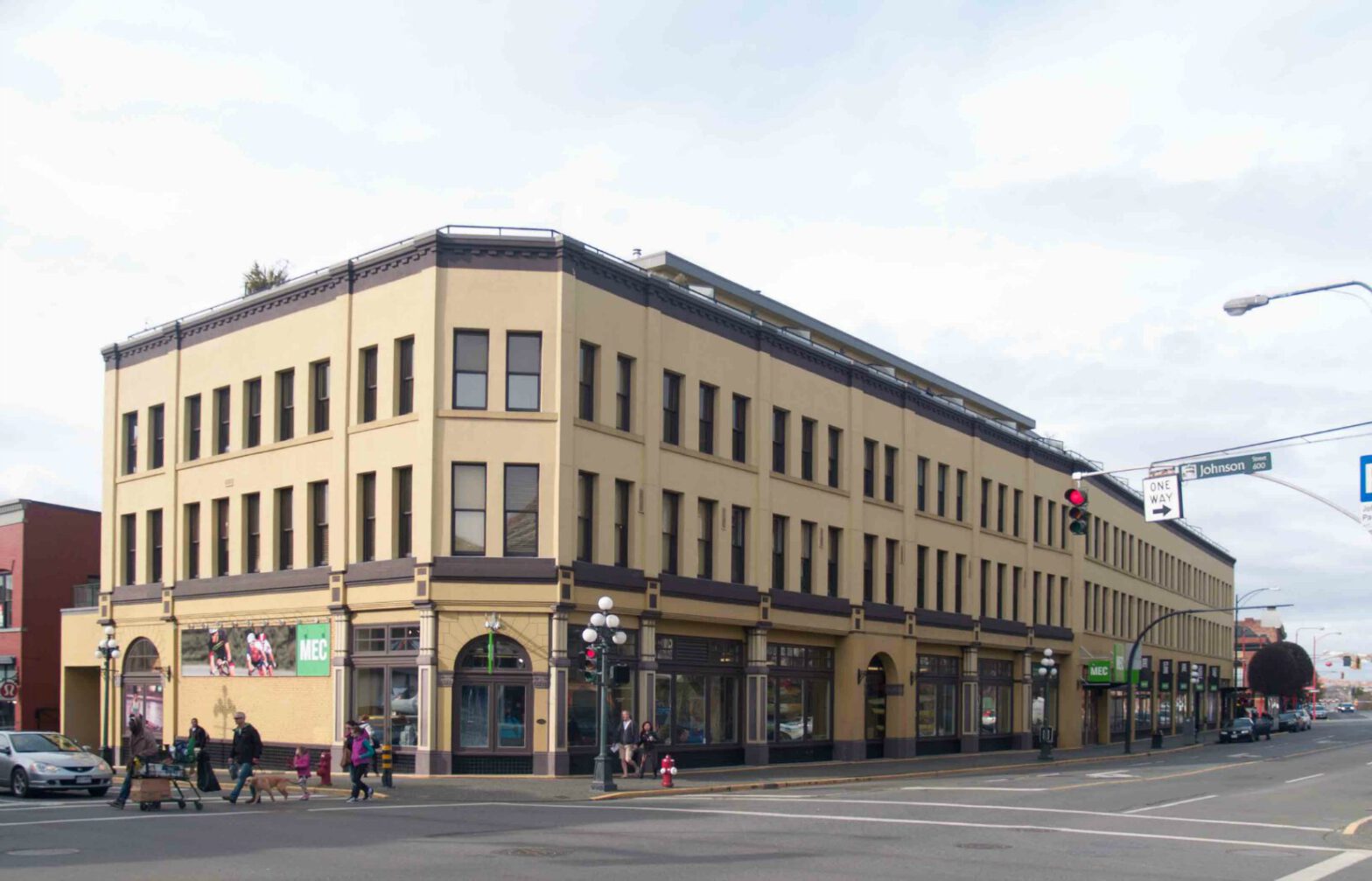Robert Butchart was on the Board of Directors of McLennan, McFeely & Prior Co. Ltd. between 1929 and 1937, when he retired from the Board.
Here is an excerpt from our history of the Butchart Gardens, From Devastation To Beauty: The Creation Of The Butchart Gardens:
“Commonly known in B.C. during its heyday as “Mac and Mac”, McLennan, McFeely & Prior was one of the largest hardware dealers in the province. Robert Butchart’s experience in his family’s hardware business in Owen Sound, his knowledge of the North American cement business, his management expertise and his position as one of the key figures in British Columbia business circles would clearly have made him a highly desirable candidate for a seat on “Mac and Mac”’s Board of Directors.
The firm had been started in Victoria and Vancouver in 1886 as a partnership between Robert Purvis McLennan, a native of Pictou, Nova Scotia who had come to Victoria in 1884, and Edward John McFeely, who had come to British Columbia from Lindsay, Ontario in 1885. In 1886, the two men set up a hardware, plumbing and tinsmithing business, known as McLennan & McFeely, with wholesale and retail outlets in Victoria and Vancouver. By 1891, a Victoria business publication reported that the partners had “a large store in both [Victoria and Vancouver and] carry large lines of house-furnishings, stoves, ranges etc. Their specialties are: roofing, gas and hot water fixtures, hot air furnaces and picket wire fencing. They have quite a number of men and boys employed….. Mr. McLennan looks after the firm’s interests in Victoria, while Mr. McFeely attends to the Vancouver branch. They are both young men, and have shown a progressiveness and energy which, combined with strict attention to business, have made their enterprise a very successful one.”
In 1895, McLennan and McFeely incorporated a new company, McLennan, McFeely & Co. Ltd., to “purchase, acquire and take over the business now carried on…..under the firm name of McLennan & McFeely” with head offices at the firm’s Vancouver store on East Cordova Street at Columbia Ave. Edward J. McFeely became President of the new company, Robert P. McLennan became Vice-President.
The new company’s officers and their shareholdings had another feature with some definite historical interest. Although Robert McLennan and Edward McFeely were clearly the principal players in the company, they made their wives corporate trustees and majority shareholders, a very unusual arrangement at the time. Of the 784 issued shares in the company, Robert McLennan and Edward McFeely each held 39 shares, or 5%. Their wives, Bessie A. McLennan and Grace E. McFeely, each held 351 shares, or 45% of the company. The remaining four shares were held by four key employees or business associates, each with a single share.
The reason for the company principals giving the majority of company shares to their wives is not known; no explanation appears in the company’s surviving records. But there are some interesting possible explanations. The best explanation is estate planning, particularly avoidance of the newly introduced inheritance taxes, or Succession Duties. The British government had introduced an Inheritance Tax in 1894. By the 1950s it had become a key strategy for social engineering….
If Robert McLennan and Edward McFeely expected to predecease their wives it would have made sense to give their respective spouses the majority of shares in their business. Upon the death of either man, his spouse’s shares in the company would not be subject to Succession Duties or Probate taxes.
Robert Butchart may have learned something of this estate planning technique from Robert McLennan and Edward McFeely since the Butcharts eventually used a similar, yet more sophisticated, technique in their own estate planning. In 1923 they put most of their assets, including their home and gardens at Tod Inlet, into a family holding company, the Canada Holdings Co. Several years before Robert Butchart’s death in 1943, they distributed most of these assets to their beneficiaries in the form of shares in the Canada Holdings Company. It was through the Canada Holdings Company that Robert and Jennie Butchart passed the ownership of their home and gardens at Tod Inlet to their grandson, Robert Ian Ross, in 1939. But even with these estate planning techniques, estate taxes still ultimately consumed a large portion of the remaining Butchart estate. Following Jennie Butchart’s death in 1950, her Estate paid federal Succession Duties of $116,649.21, or nearly 23% of her total estate.
After Robert McLennan’s death in 1927 and Edward McFeely’s death in May 1928, the company shareholders and Directors changed dramatically. Prior to 1928, the company’s shareholders and Directors had primarily consisted of Robert McLennan, Edward McFeely, their immediate families and a few close business associates who were directly involved in the operation of the company.
That changed in July 1928, when McLennan, McFeely & Co. purchased its leading British Columbia competitor, E.G. Prior & Co. Ltd. and merged the two companies under a new name, McLennan, McFeely & Prior Ltd., creating the largest hardware firm in the province. Along with the new corporate name came a new corporate structure with newly created shares being made available. 14221 of these new shares appear to have been sold privately in 1928, bringing several new shareholders and Directors into the firm.

Most of the newcomers were leading figures in British Columbia business: Gordon Farrell, the Vice-President of the B.C. Telephone Company, acquired 1088 of the newly issued shares and became one of the company’s nine Directors; Sir Frank S. Barnard, who had served with Robert Butchart on the Board of Evans, Coleman & Evans, took 732 shares and a Director’s seat; George H. Barnard, a retired businessman and the brother of Sir Frank Barnard, bought 366 shares; George Kidd and William Murrin, President and Vice President, respectively, of the B.C. Electric Railway Company, each took 241 shares. The newcomers also included Robert Butchart and his son in law Harry A. Ross, both of whom became Directors and shareholders – 10 shares and 858 shares, respectively – of Mac and Mac. Robert and Jennie Butchart’s family holding company, the Canada Holdings Co. Ltd. also acquired an additional 1088 shares of the new Mac & Mac.
McLennan, McFeely & Prior Ltd. remained British Columbia’s largest hardware dealer until the 1950s, operating 17 retail and wholesale stores throughout the province. Robert Butchart served on the Board of McLennan, McFeely & Prior Ltd. until he retired from the position in 1937.
McLennan, McFeely & Prior Ltd stayed in business after Robert Butchart’s retirement from its Board. In 1950, a controlling interest – 65% – of McLennan, McFeely & Prior Ltd. was acquired by the J.H. Ashdown Hardware Co. of Winnipeg, which continued to operate Mac & Mac’s 17 retail and wholesale outlets in British Columbia. In 1961, Ashdown sold its interest in Mac & Mac to two Ontario investors, Leonard Wolinsky and Hyman Bessin, who promptly closed Mac & Mac’s retail business and changed the firm into a wholesale hardware operation. Wolinsky and Bessin subsequently sold their interest in Mac & Mac to Acklands Ltd., a Vancouver based hardware and industrial supply firm. In 1967, Acklands consolidated all its operations under its own name and use of the name McLennan & McFeely was discontinued. The corporate name of McLennan, McFeely & Prior Ltd. was struck from the British Columbia Corporate Registry in 1978. Acklands Ltd. is still in business under the name Acklands-Grainger Inc.”
Here are pages with more information about McLennan, McFeely & Prior:
- Canadian Register of Historic Places – 811 Columbia Street, New Westminster, British Columbia
- Canadian Register of Historic Places – 55 East Cordova Street, Vancouver, British Columbia
Would you like to leave a comment or question about anything on this page?

